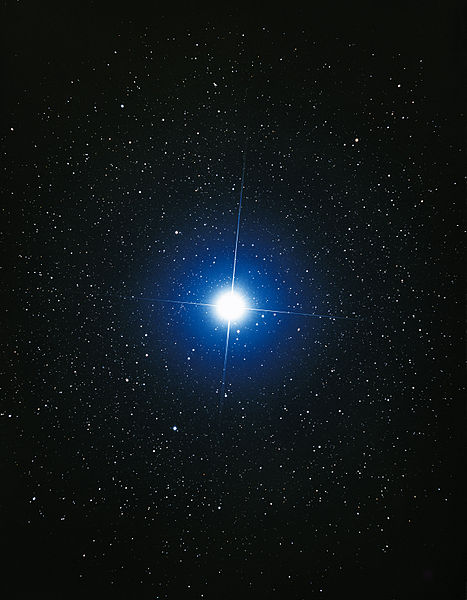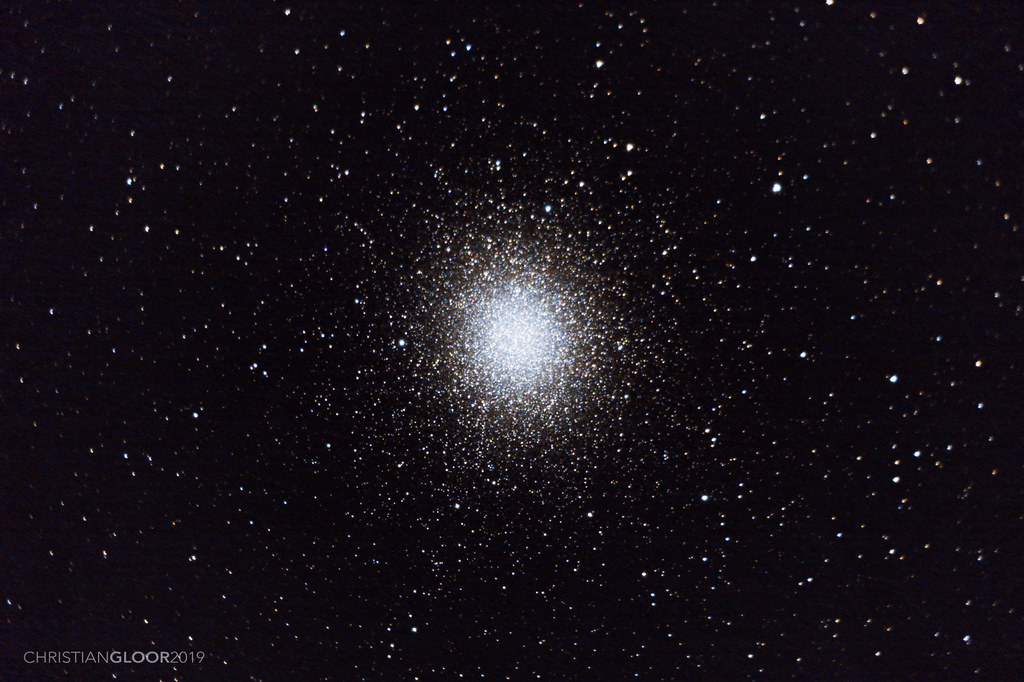The brightness of a star can tell us many things about its age, size and lifespan. But how are these measurements actually taken? Explore this photometry page to find exactly how!
Photometry is the measure of the brightness of astronomical objects. A standard result of photometry is the light curve (a plot of brightness vs. time). Magnitude is a logarithmic measure of the brightness of an object. The magnitude system is defined in such a way that the magnitudes of dim objects are large positive numbers, whereas bright objects have small positive numbers. For extremely bright objects, magnitudes can even be negative. Examples will be helpful: the brightest stars have magnitudes around zero or 1, and the dimmest stars visible in a dark area far from city lights have magnitudes around 6. The full moon has a magnitude of –11, and the sun is at –26. This system applies to visible, IR, and near UV light. The equation used by modern astronomers to define the difference in magnitude between two sources is:
`m_1 – m_2 = 2.5log(B_2 / B_1)`
where m1 and m2 are the magnitudes of the two sources, and B1 and B2 are their brightnesses (energy fluxes – see below). The zero-point for the system is the star Vega, which is defined to have a magnitude of zero at all wavebands (colors).
Luminosity: the measured energy emitted each second by a celestial body. This includes all wavelengths of light. Note that this is not necessarily the same as the apparent brightness because two objects with the same luminosity can appear different brightness if they are at different distances. The SI unit for luminosity is watts: the luminosity of the Sun is approximately 4 x 1026 W.
Fluence: the integrated luminosity over some specified time duration, i.e., the total energy emitted over that time. The SI unit for fluence is joules.
Photon Flux: the number of emitted photons that are detected in a given area per unit time. For instance, the number of photons passing through a square meter-sized detector in one second would be the photon flux.
Energy Flux: the energy per second that is deposited onto a given area. For instance, the energy per second deposited on a square-meter sized detector. Since all photons do not have the same energy, the energy flux and photon flux are not necessarily the same. The SI unit for energy flux is watts per square meter [W/m2]. At the top of Earth’s atmosphere, the flux from the Sun is about 1300 W/m2.
Spectrum: the distribution of flux (energy or photons) with energy. Basically, the spectrum of an object is a histogram of the total energy it emits at each photon energy, or if the photon flux is being measured, then the spectrum could be the number of photons emitted at each photon energy.

Sirius has an apparent magnitude of -1.46.
How to Determine the Brightness of an Object:
Determining the brightness of an astronomical object using a CCD detector includes several steps. The basic ideas involved are illustrated in our Cookie Cutter Photometry exercise. In short, you must compare your star’s brightness to a reference star (or stars) of known brightness. It’s a bit like measuring the elevation of a point on Earth’s surface with reference to the standard “sea level.” Complete the Cookie Cutter activity to get a basic understanding of how this is done. You can also follow along with the Photometry Tutorial (uses Maxim DL).
Additional Resources
- To learn in detail how to use Maxim DL to extract photometric light curves from a series of images, see our Photometry Exercise page.
-
To see how the brightness of stars is determined in a star cluster, click here!

Image of Omega Centauri
